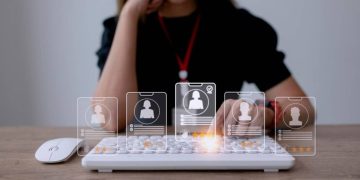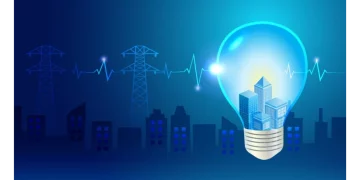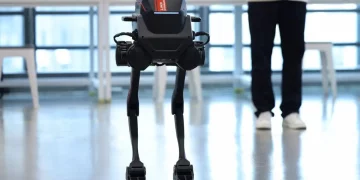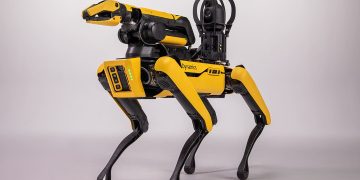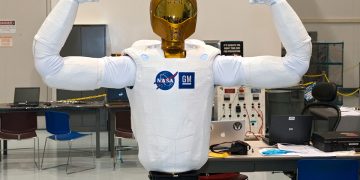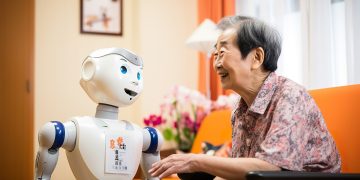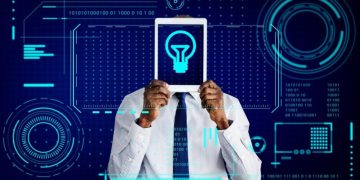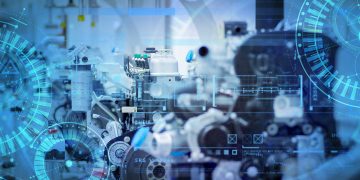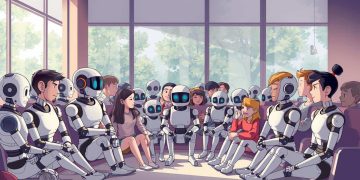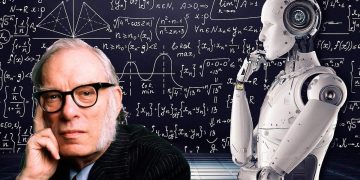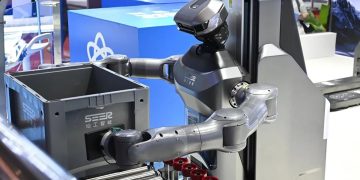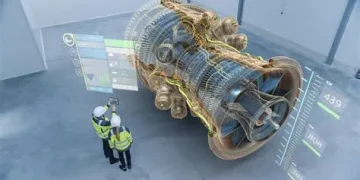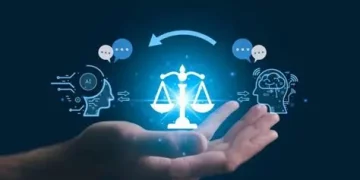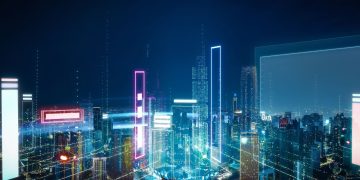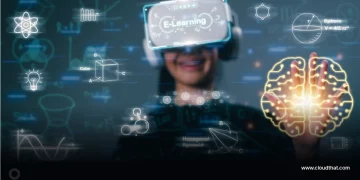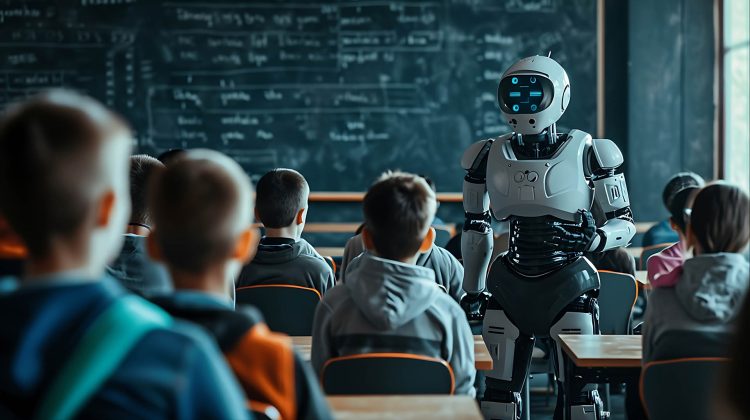The classroom of the future is often depicted as a sleek, technologically advanced space. But what if its most transformative element isn’t a smartboard or a tablet, but the teacher at the front of the class? Imagine a world where humanoid robots, with their expressive faces and fluid movements, are not just aids but primary educators. This is not a distant science fiction fantasy; it is a plausible future rapidly taking shape in research labs and pilot programs. The integration of humanoid robots as tutors promises a fundamental restructuring of the educational ecosystem, offering a vision of hyper-personalized learning and untiring support. Yet, this brave new world of instruction is fraught with complex questions about the nature of learning, the role of human connection, and the risks of creating a standardized, emotionally sterile generation. To understand this future, we must explore the intricate scenario of the robot-led classroom, examine the dual pillars of its potential success—pedagogical adaptation and emotional interaction—and confront the profound risks of dependency, standardization, and inequity.
The Classroom Reimagined: A Day with Humanoid Tutors
The bell rings at 8:00 AM, but the traditional morning hustle is different. Students are greeted not by a single, overworked human teacher, but by a primary humanoid educator, “Mr. Atlas,” and a floating swarm of smaller, specialized drone assistants. The humanoids are designed to be non-threatening and relatable, with soft-featured faces capable of displaying a range of empathetic expressions and voices modulated to be calm and encouraging.
The school day begins with a holistic check-in. As each student enters, Mr. Atlas scans their facial micro-expressions and gait, cross-referencing this data with their sleep patterns and heart rate (collected via non-invasive wristbands). “Good morning, Chloe,” it might say, its voice softening. “I sense elevated cortisol. Would you like to begin with five minutes of guided breathing exercises before we start mathematics?” This immediate, individualized attention sets a tone of care that is data-driven, yet feels intuitively human.
In a lesson on the water cycle, Mr. Atlas doesn’t just lecture. It projects a 3D holographic model of the process into the center of the room. When a student, Liam, struggles to grasp the concept of evaporation, the robot’s AI instantly detects his confusion through eye-tracking and subtle frown analysis. It then adapts on the fly, breaking the concept into smaller, more foundational steps. Simultaneously, a smaller tablet-robot detaches from its dock and glides to Liam’s desk, displaying interactive simulations of molecules gaining kinetic energy. Meanwhile, Mr. Atlas continues guiding the rest of the class through a more advanced application of the concept, ensuring no student is left behind and no student is held back.
The human teacher is not absent from this classroom. Their role has radically evolved from “sage on the stage” to “guide on the side” and “designer of experiences.” Ms. Evans, the human professional, spends her time observing the AI’s data analytics dashboard, which highlights class-wide knowledge gaps and individual student emotional trends. She intervenes for complex group projects, mediates social conflicts, and provides the deep, nuanced mentorship that comes from a shared human experience—the very thing a machine cannot replicate. She is the conductor of an orchestra where the robots are the instrumentalists, ensuring the music of education is both technically perfect and soulfully interpreted.
The Twin Engines of Robotic Pedagogy: Adaptation and Emotional Interaction
The potential success of humanoid teachers hinges on two sophisticated technological capabilities: profound pedagogical adaptation and convincing emotional interaction.
1. AI-Driven Pedagogical Adaptation: The End of the “Average” Student
This is the core academic promise. Traditional education, by necessity, teaches to the mean. Robotic tutors, powered by advanced AI, can dismantle this model entirely.
- Real-Time Assessment and Customization: Every interaction is a data point. The time a student takes to answer, the questions they ask, the points where their attention drifts—all this is fed into a machine-learning algorithm that builds a dynamic, ever-evolving cognitive map of the student. The curriculum is no longer a static path but a fluid landscape. If a student demonstrates mastery of algebraic principles in a pre-assessment, the AI can immediately advance them to calculus challenges, preventing boredom. Conversely, if another struggles with foundational reading comprehension, the AI can populate their lesson plan with remedial exercises, interactive games, and texts calibrated precisely to their current level, without the stigma of being in the “slow group.”
- Multi-Modal Teaching: The robot is not constrained to one teaching style. For a kinesthetic learner, it can guide them through a physical demonstration of physics principles. For an auditory learner, it can compose a mnemonic song about historical dates. Its access to global databases allows it to present information through endless lenses—historical, scientific, artistic, philosophical—catering to the specific interests of each child to maximize engagement and retention.
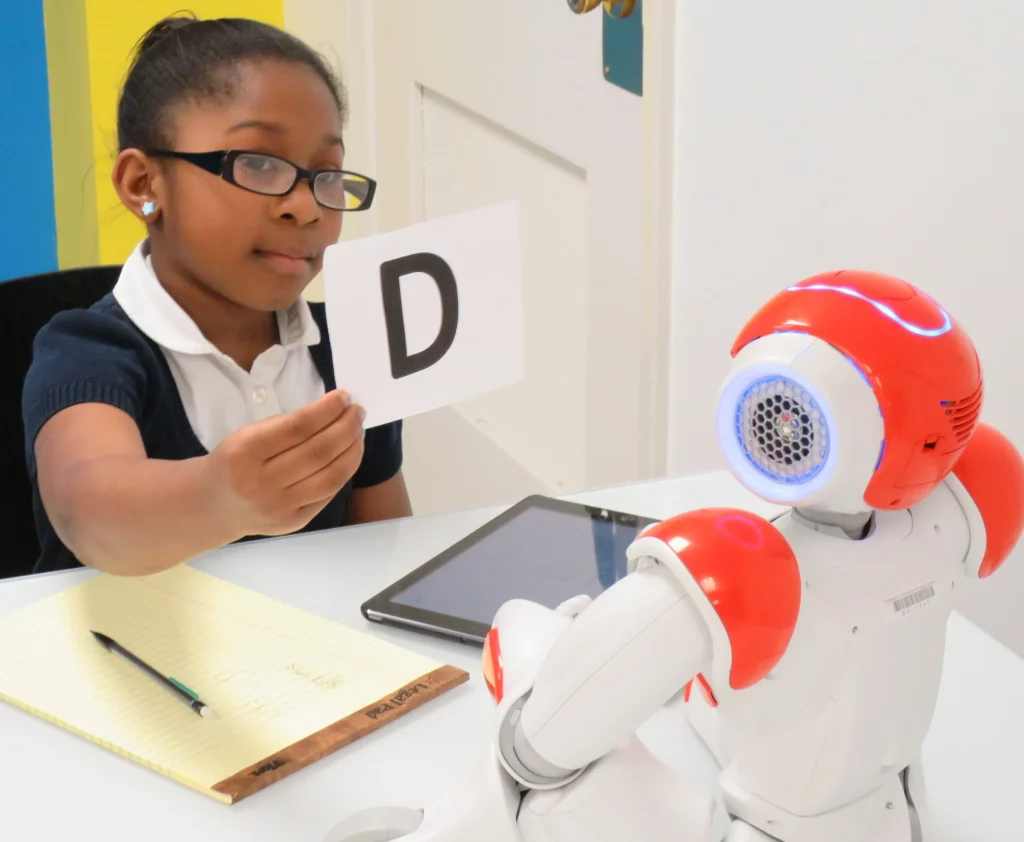
2. Emotional Interaction: The Code for Compassion
For education to be effective, students must feel safe, understood, and motivated. This is where the “humanoid” aspect becomes critical.
- Affective Computing: These robots are equipped with affective computing systems that allow them to recognize, interpret, and simulate human emotions. They can detect frustration in a slumped posture, excitement in a widened eye, and anxiety in a vocal tremor. When a student fails a quiz, Mr. Atlas might adopt a consoling tone and say, “I can see you’re disappointed. Let’s view this not as a failure, but as a diagnostic tool. These three areas are our opportunity for growth. Would you like to try a different approach?”
- Building Rapport: Through thousands of interactions, the AI learns what motivates each student. It might learn that Maya responds well to competitive challenges, while Sam is driven by collaborative projects. The robot can use this knowledge to frame tasks in the most compelling way for each individual. This consistent, positive, and unconditionally patient reinforcement can build a strong rapport between student and machine, creating a bond that fosters a willingness to learn. For children with social anxieties or autism spectrum disorders, the predictable, non-judgmental nature of a robot can be a powerful gateway to engagement, building their confidence to later interact with human peers and teachers.
The Shadow in the Machine: Confronting the Risks
For all its promise, the widespread deployment of humanoid teachers carries significant risks that, if left unaddressed, could deform the educational landscape.
1. The Dependency Dilemma: Stunting Social-Emotional Growth
Perhaps the most profound risk is the potential for students to form a pathological dependency on machines for validation and knowledge.
- Erosion of Human Connection: If the primary source of instruction and emotional support becomes an algorithm, children may fail to develop the complex, often messy, social skills that come from human-to-human interaction. They may become accustomed to perfect, predictable responses and struggle to cope with the ambiguity, irony, and non-verbal subtleties of human communication. The essential life skills of negotiating conflict, reading unspoken social cues, and building deep, empathetic bonds could be severely underdeveloped.
- The “Answer Engine” Mentality: When a robot can provide a perfectly tailored explanation instantly, the vital cognitive muscles of struggle, patience, and creative problem-solving may atrophy. The profound learning that occurs in the friction of confusion, the debate with peers, and the guided discovery facilitated by a human teacher could be replaced by a passive reception of pre-digested information.
2. The Specter of Standardization: The Algorithmic Curriculum
The AI’s drive for efficiency and quantifiable results could lead to a new, insidious form of standardization.
- Optimizing for Metrics, Not Wisdom: An AI is programmed with defined success metrics: test scores, completion rates, and engagement times. There is a danger that the curriculum will be subtly shaped to optimize for these metrics, sidelining less quantifiable but equally vital educational goals like critical thinking, artistic expression, and philosophical debate. The “robot-approved” path to knowledge might become the only path, eliminating the spontaneous, teachable moments that often yield the most profound insights.
- Loss of Diverse Perspectives: A human teacher brings their own life experiences, biases, and passions into the classroom, offering students a unique lens on the world. An AI, trained on vast datasets, risks presenting a homogenized, “average” perspective. Who programs the robots? The cultural values, political leanings, and philosophical assumptions of their engineers and content creators would be baked into the foundation of the AI, potentially creating a global generation educated under a single, monolithic worldview.
3. The Equity Abyss: A Two-Tiered Future
The promise of personalized education for all could ironically create the greatest educational disparity in history.
- The Resource Divide: The cutting-edge humanoids with the most advanced AI and emotional intelligence will be extraordinarily expensive. Wealthy private schools and affluent public districts will acquire them, offering their students an unparalleled educational advantage. Meanwhile, underfunded schools will be left with outdated, glitchy models or no robots at all. This would not be a mere digital divide; it would be a cognitive and emotional divide, creating a chasm between an elite, robot-tutored class and a masses taught by overstretched humans with diminishing resources.
- The Data Privacy Peril: These robots would be collecting a staggering amount of intimate data on children—not just their academic performance, but their emotional states, social interactions, and even biometric information. The security and ownership of this data become paramount. This information could be used to manipulate student behavior, sold to corporations for marketing, or, in a dystopian worst-case scenario, create lifelong profiles that determine university admission and employment opportunities.
The vision of humanoid robots as teachers presents a profound paradox. It offers a future of limitless personalization and patient, data-driven support, potentially unlocking the unique potential within every child. Yet, it simultaneously threatens to create a generation dependent on machines for validation, educated under a standardized algorithmic lens, and divided by a new technological caste system. The ultimate lesson of this future classroom may not be for the students, but for us. It forces us to define what is irreplaceably human about education. The successful educational ecosystem of the future will not be one where robots replace teachers, but one where they are masterfully integrated as tools, amplifying the irreplaceable role of the human educator who inspires curiosity, nurtures resilience, and teaches not just what to think, but how to be. The goal is not to build the perfect robot teacher, but to use this technology to help build more enlightened humans.

